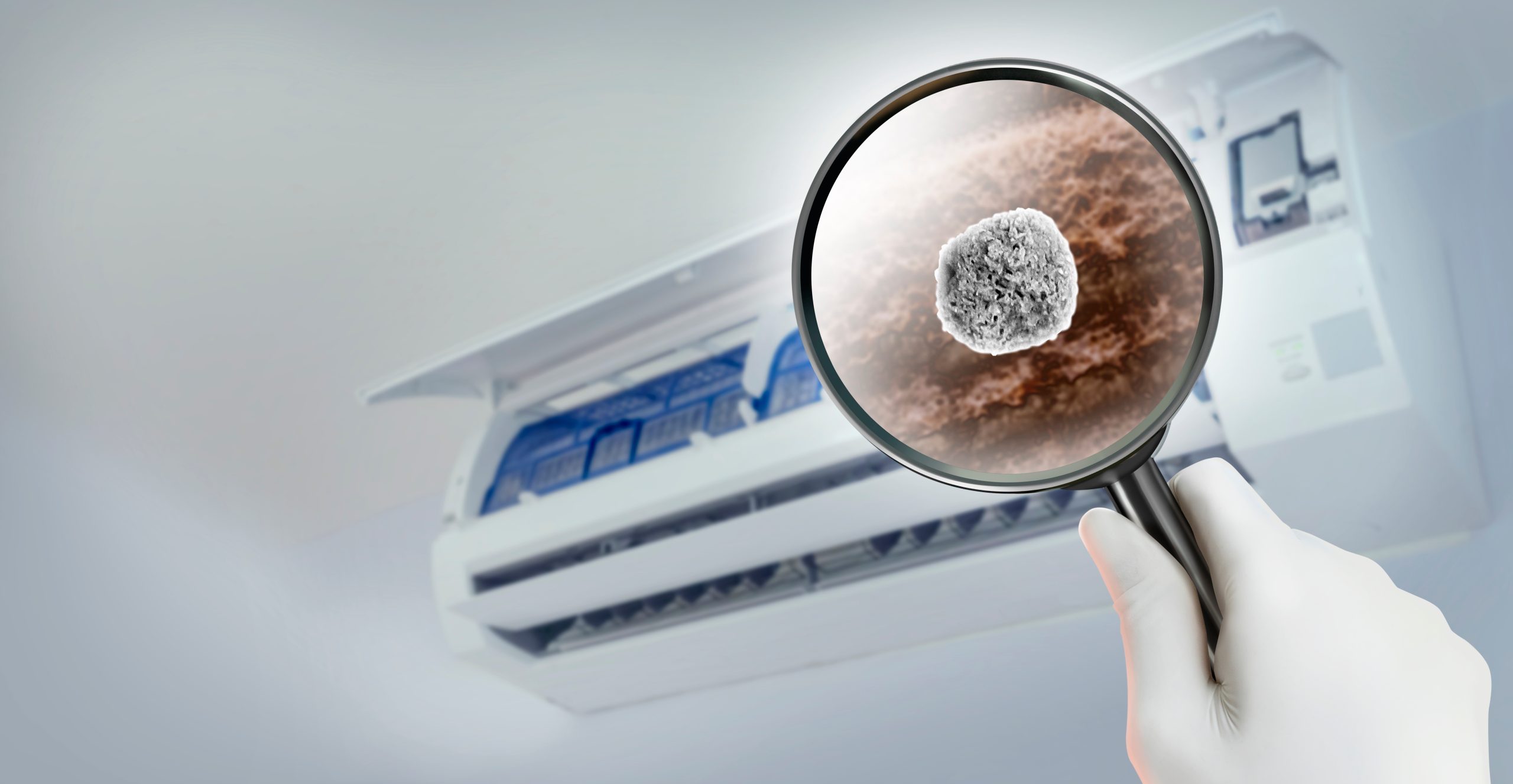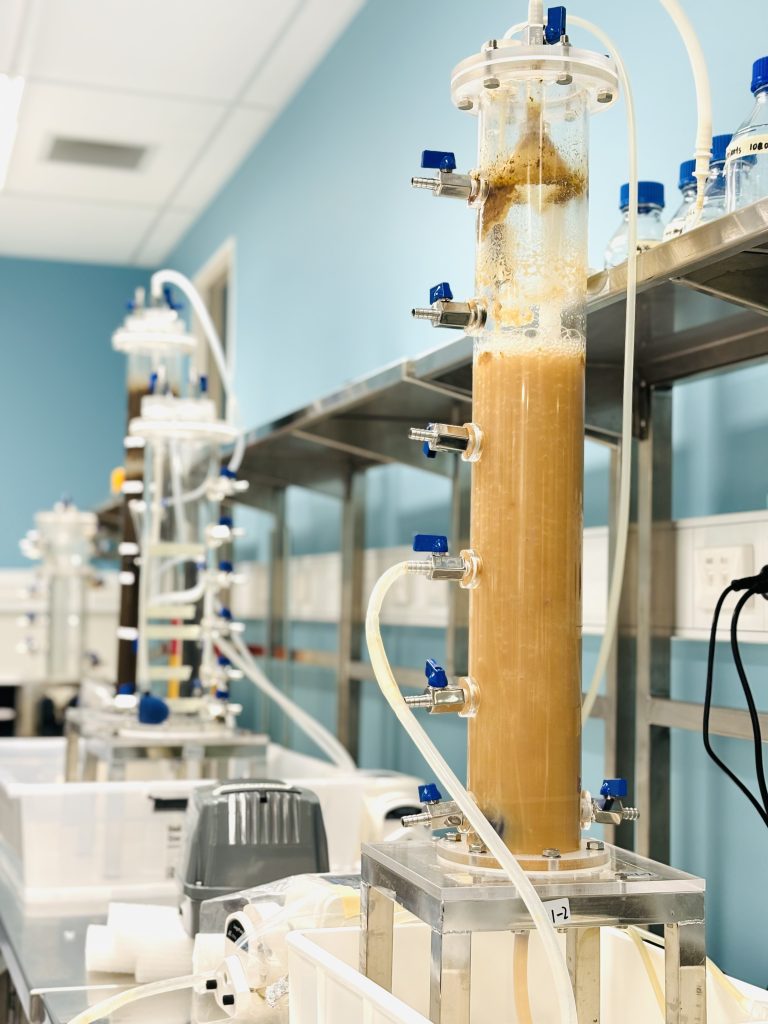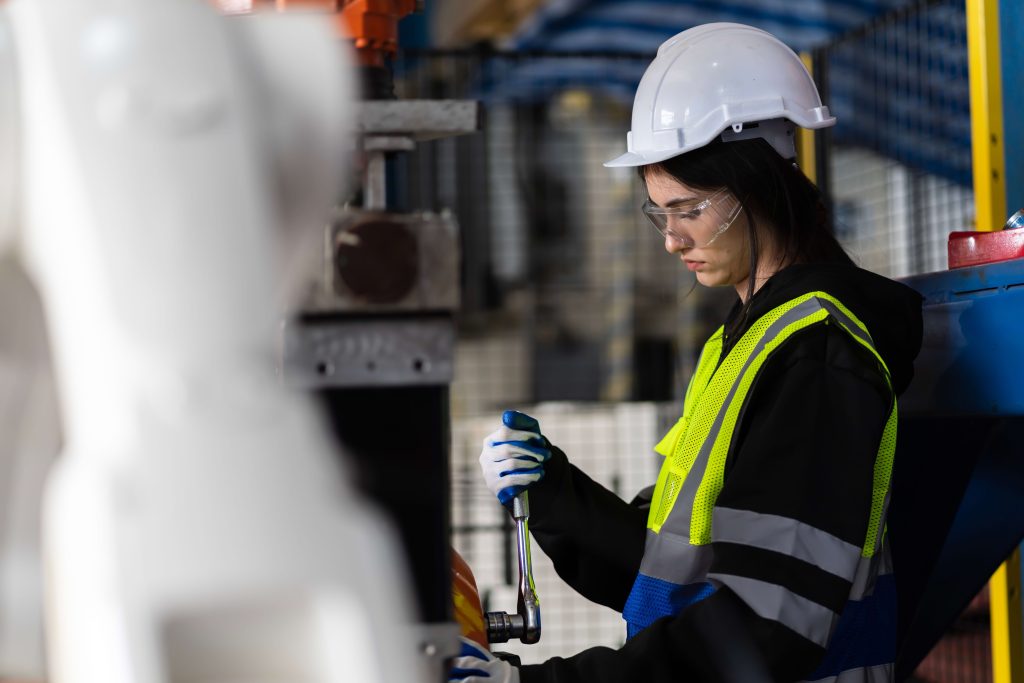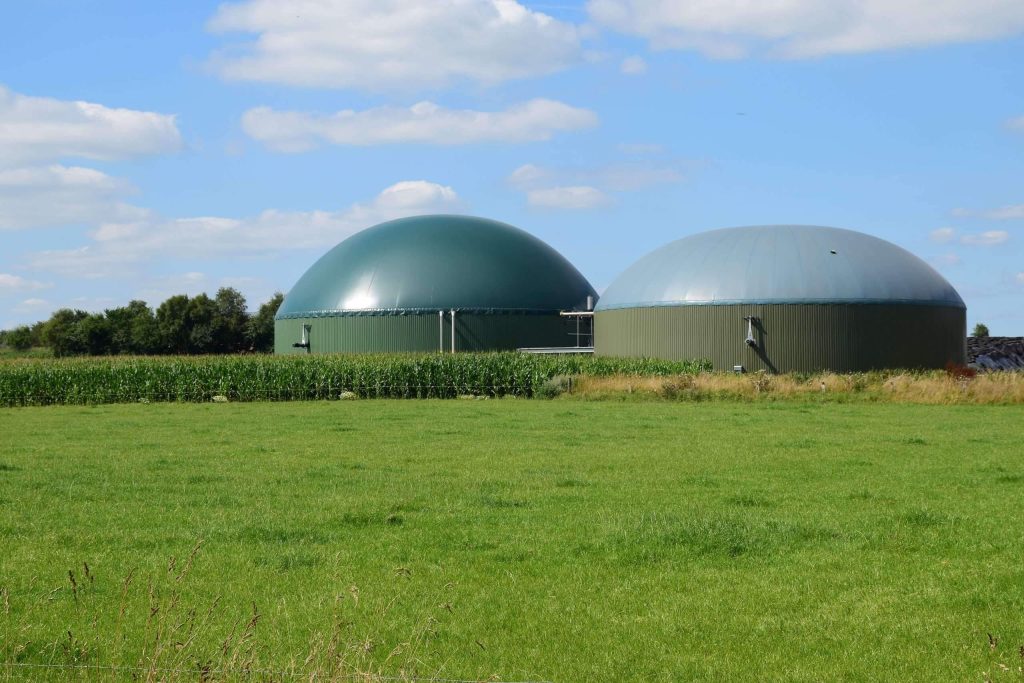Chief Investigators
Dr Tim Lau (UniSA)
Purpose of project
A groundbreaking research project at a Victorian Regional Hospital promises to be a major step forward towards sustainable and resilient air conditioning within the Australian health sector, by significantly improving air quality while reducing energy costs and carbon emissions.
Traditionally, the need for hospitals to protect patient health relies partly on hospitals achieving a high level of indoor air quality, which in turn results in significantly higher energy use, greater carbon emissions, and increased vulnerability to external threats like bushfire smoke and mould growth. During the COVID-19 pandemic, the need for greater indoor air quality increased, pushing hospitals to drastically increase outdoor ventilation, driving energy and operational costs even higher.
One option to significantly reduce energy usage while improving indoor air quality is through the application of an innovative air decontamination technology that utilises advanced electron beam irradiation.
However, while this approach could potentially reduce energy consumption and carbon emissions, the uptake of air decontamination technologies remain limited within the Australian healthcare sector, partly due to the lack of demonstration plants under real-world conditions. This project aims to meet this need by installing and monitoring an air decontamination system at a Victorian Regional Hospital.
Potential impact of project
Given that there are over 9,500 air handling units currently installed in Australian hospitals, adopting this new approach more widely could lead to national annual savings exceeding $3.7 million, cutting carbon emissions by more than 10,000 tonnes every year.
Project partners – industry and research
University of South Australia (Lead), Plasma Shield Limited, Echuca Regional Health, Victorian Health Building Authority
Status
- In Progress
Project Leaders
- Tim Lau, UniSA
Completion Date
4Q26
Project Code
0920






